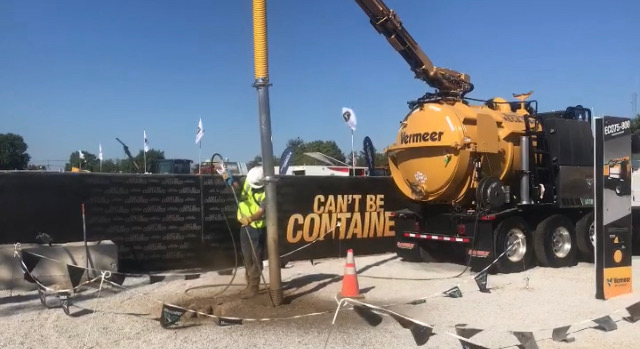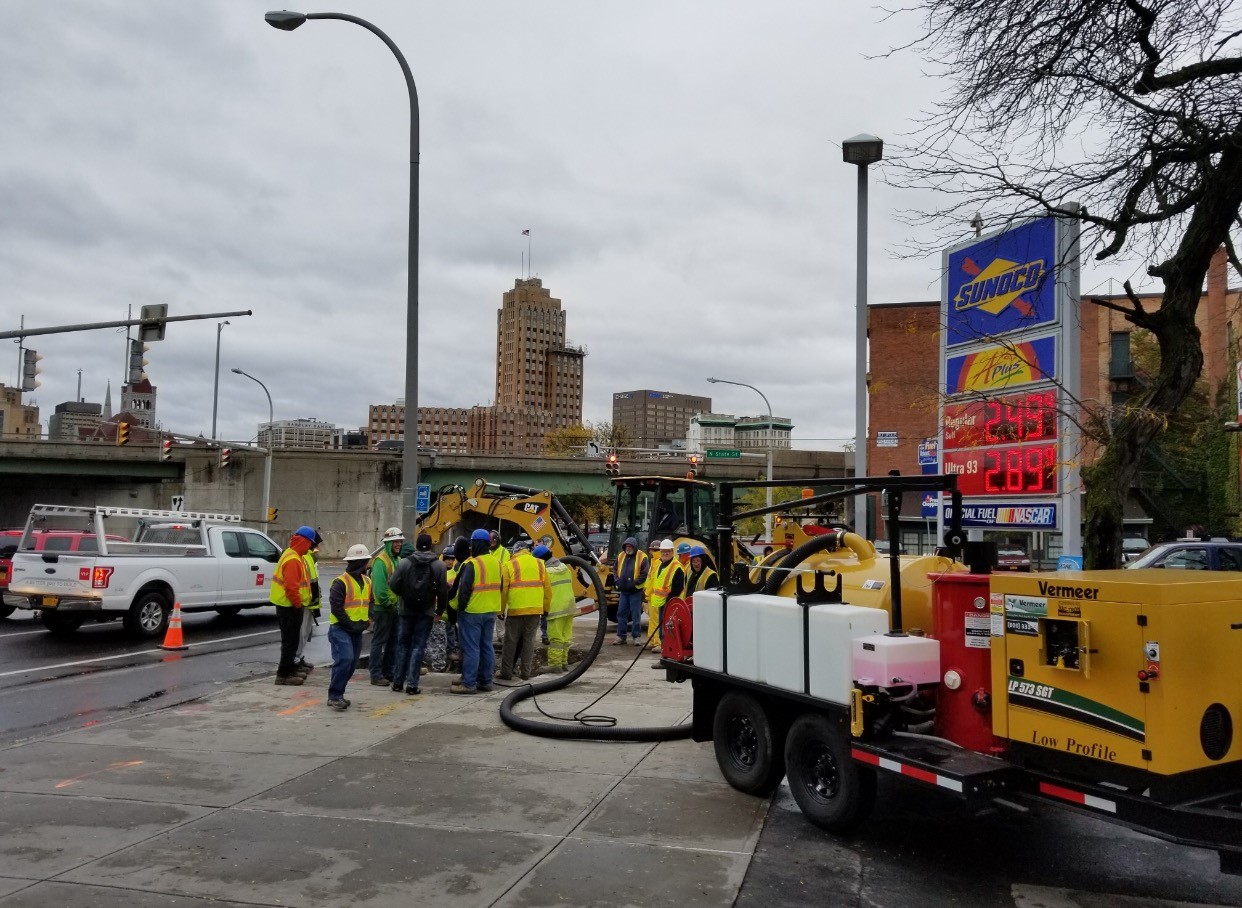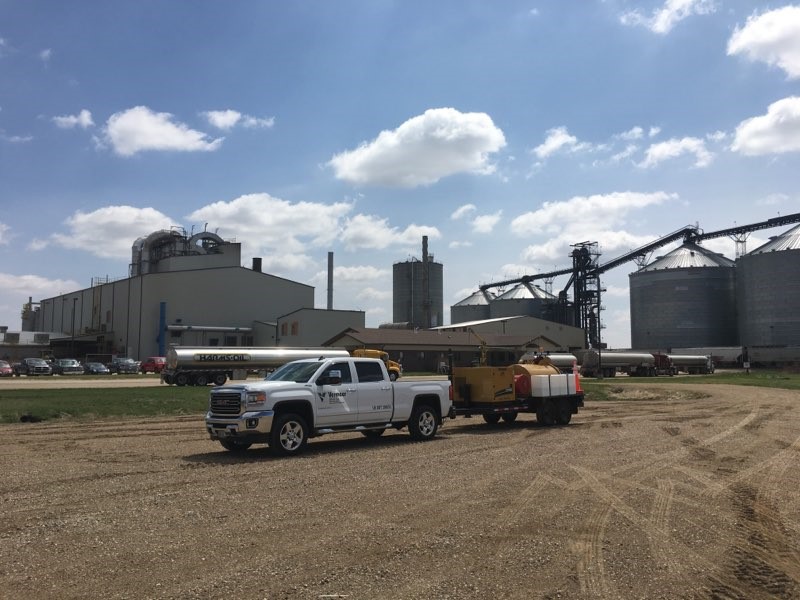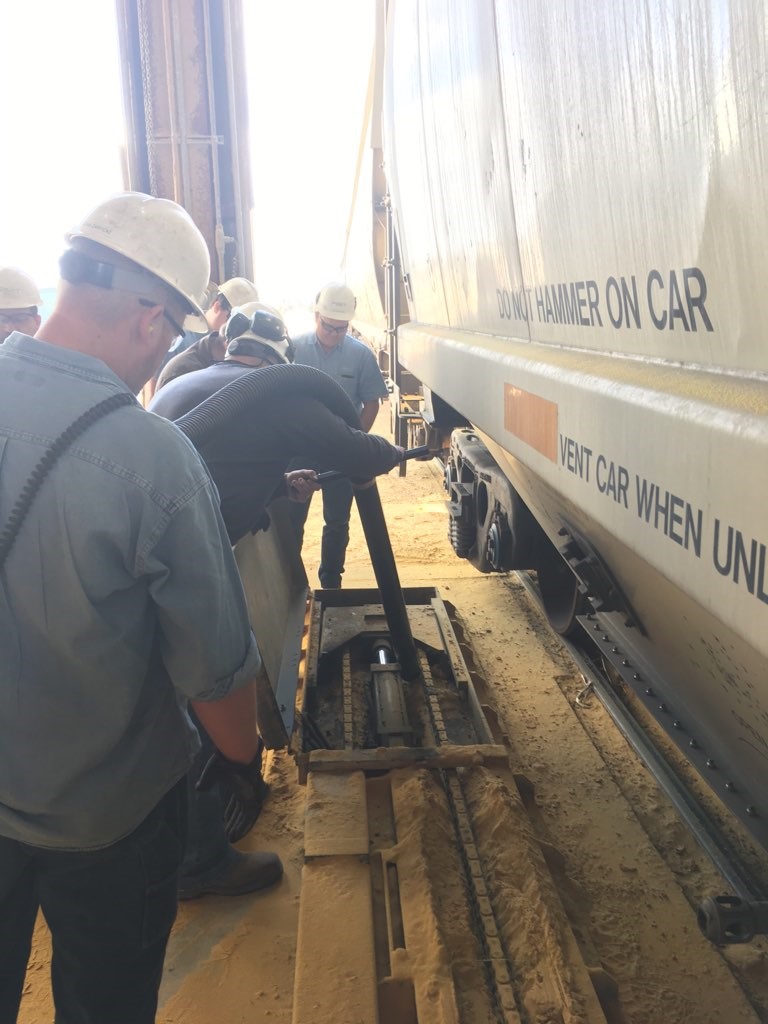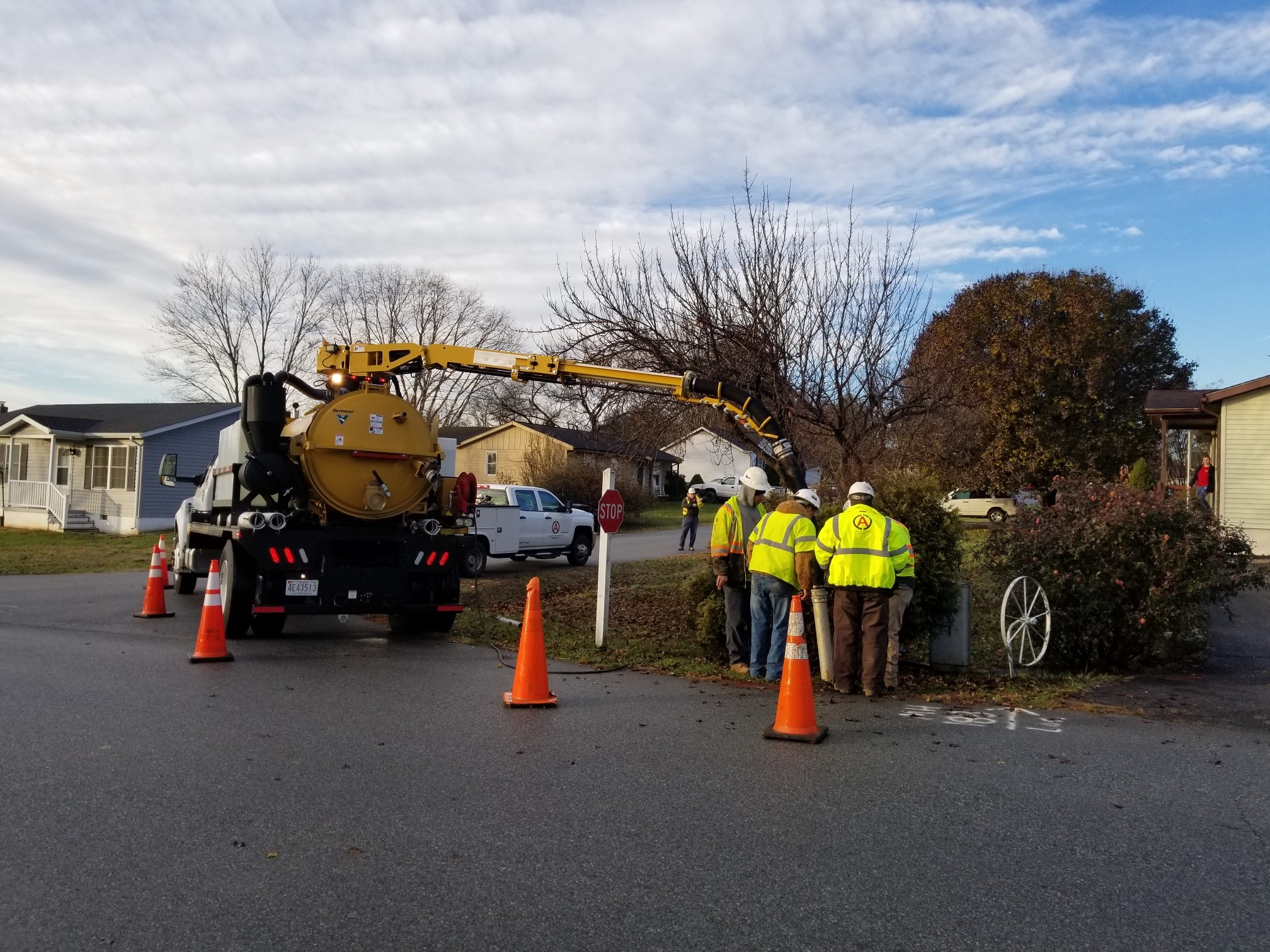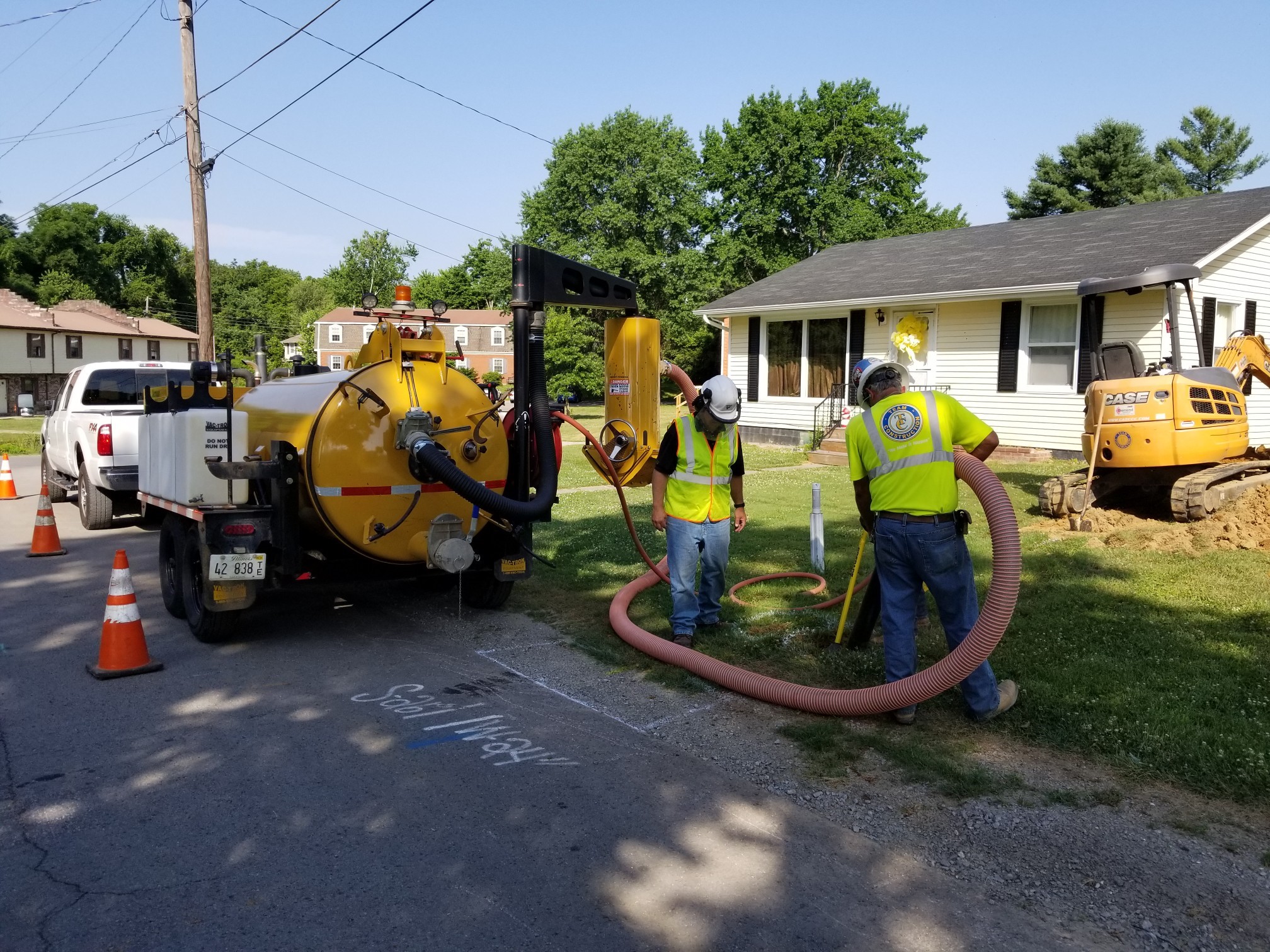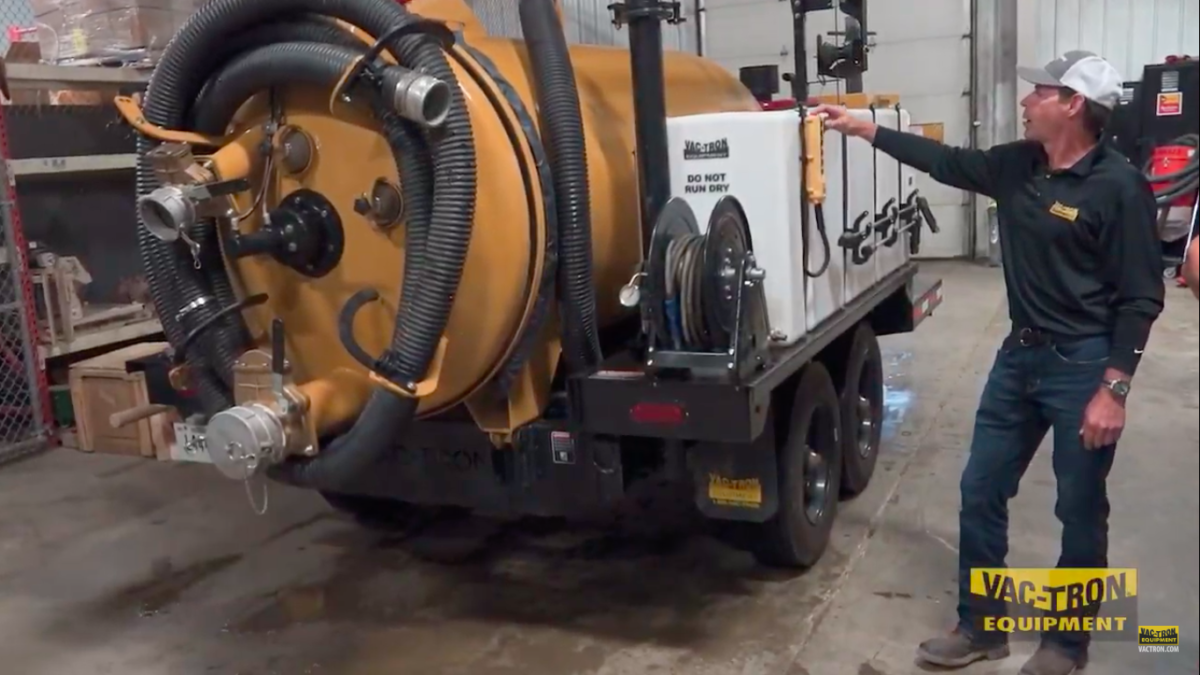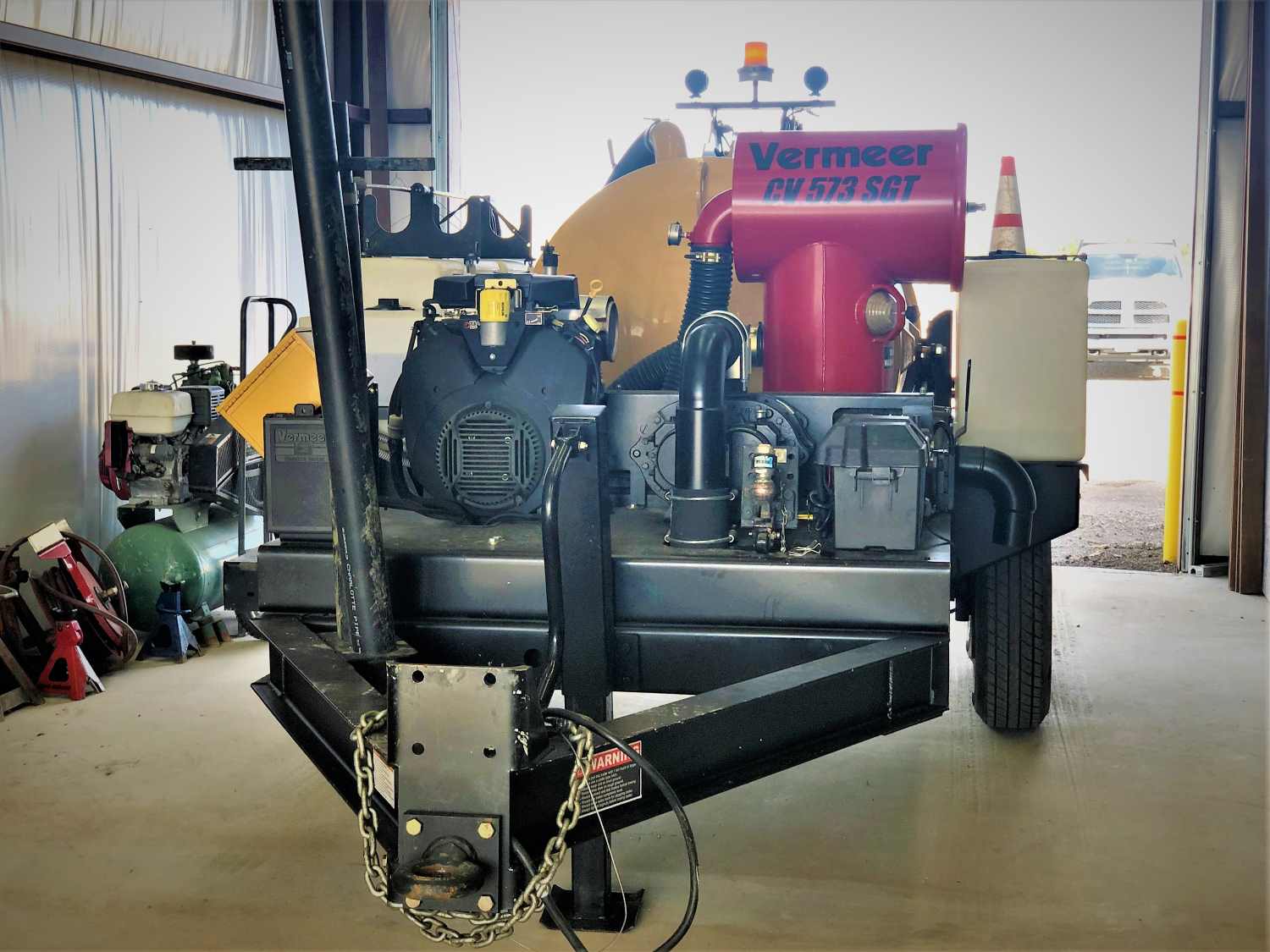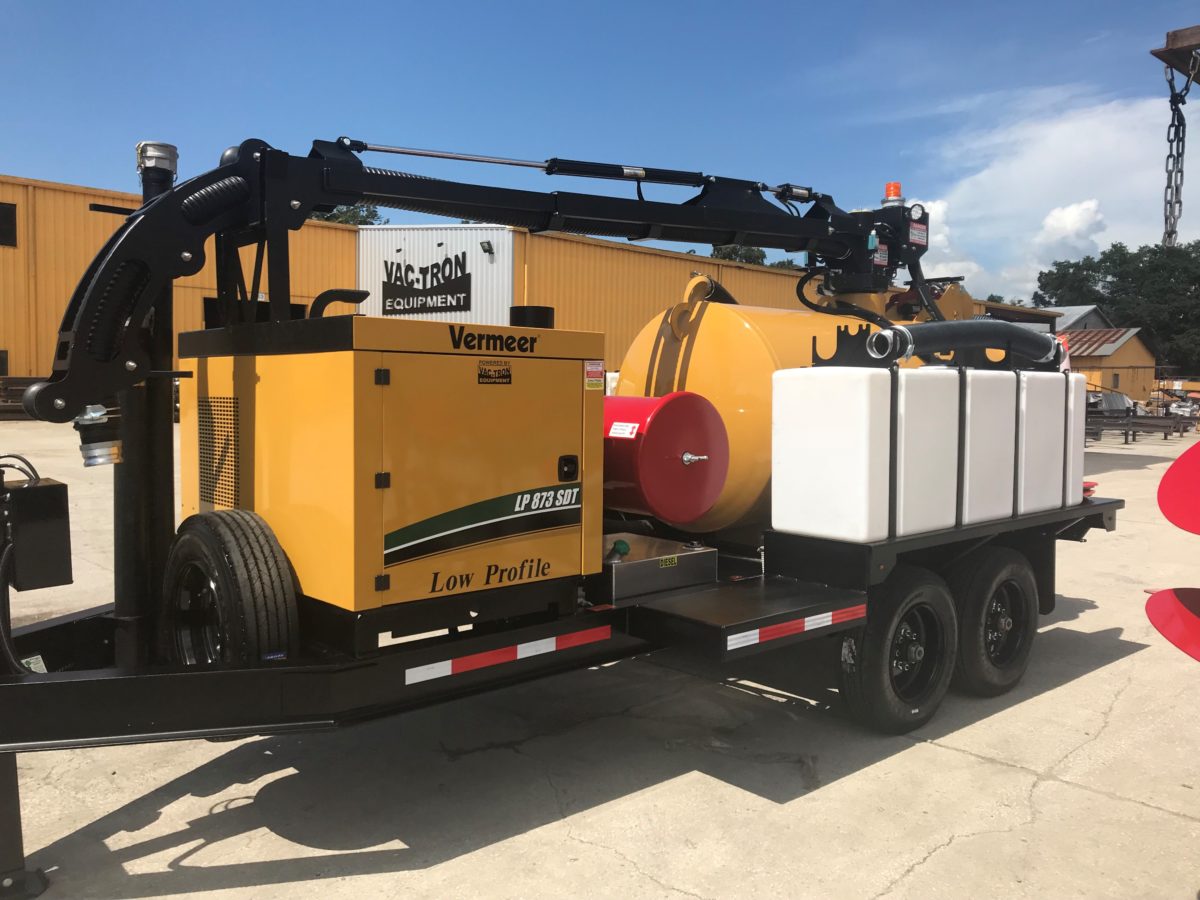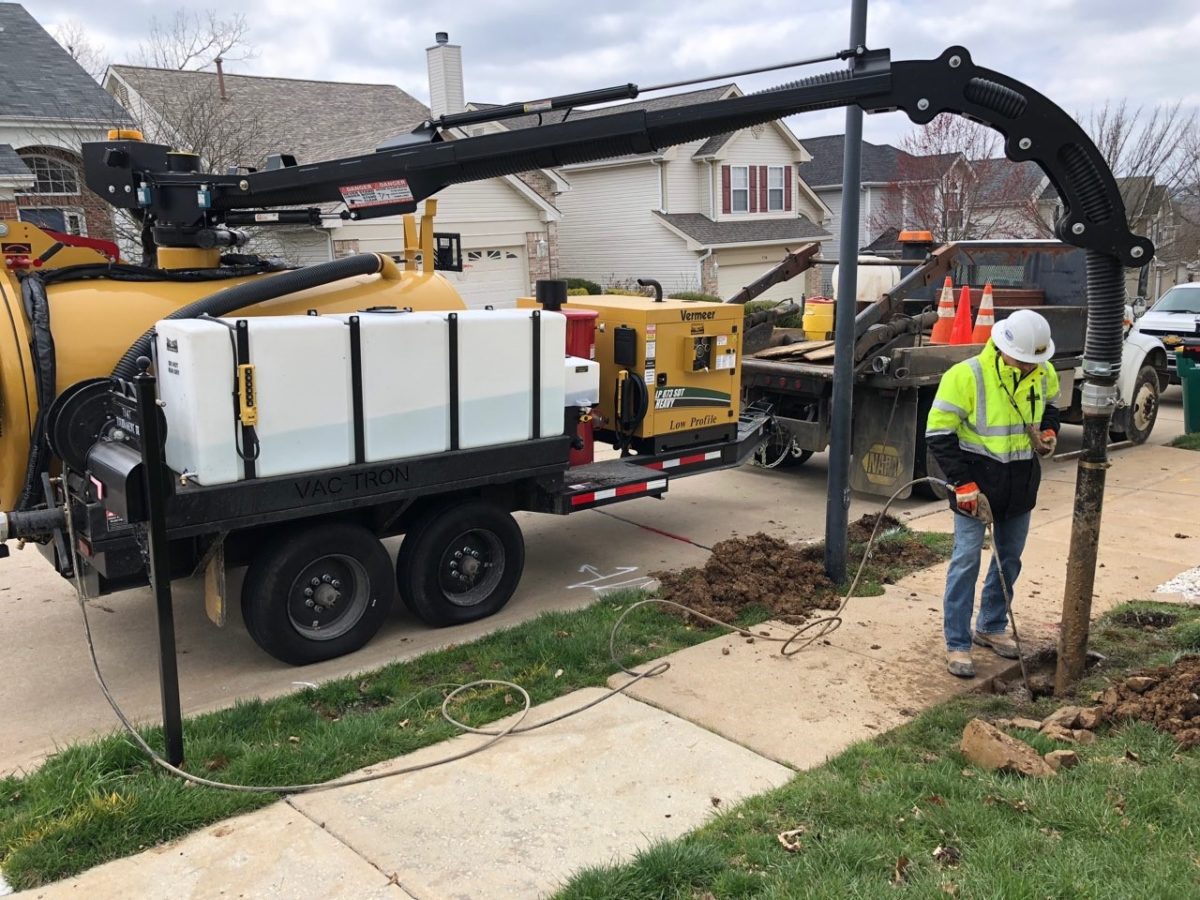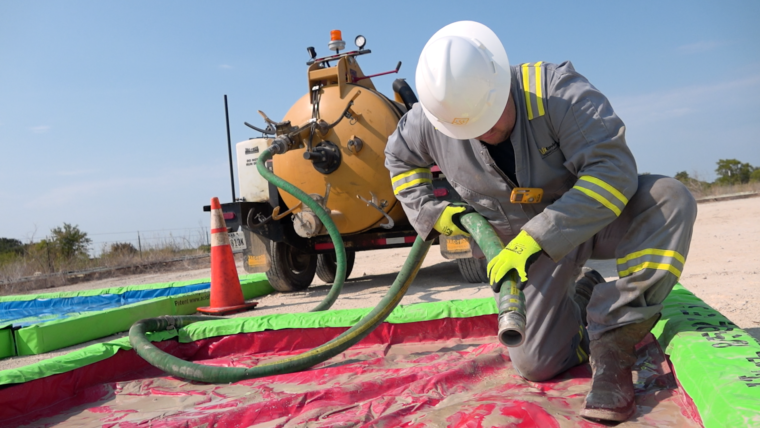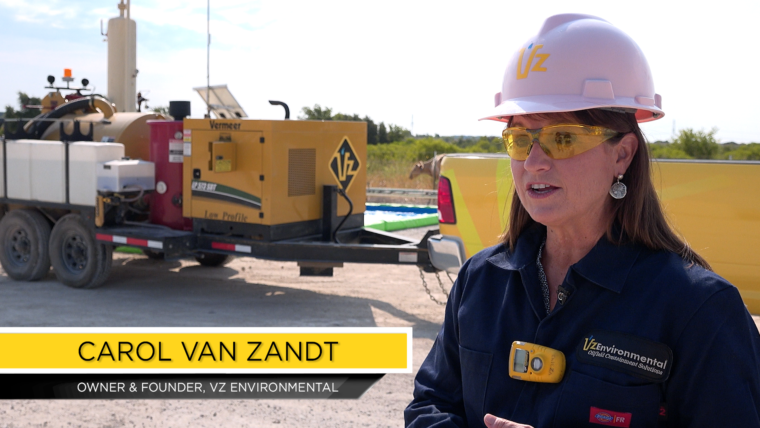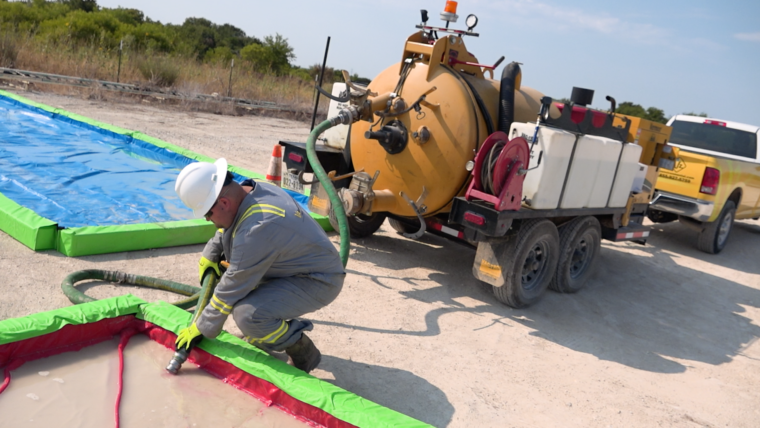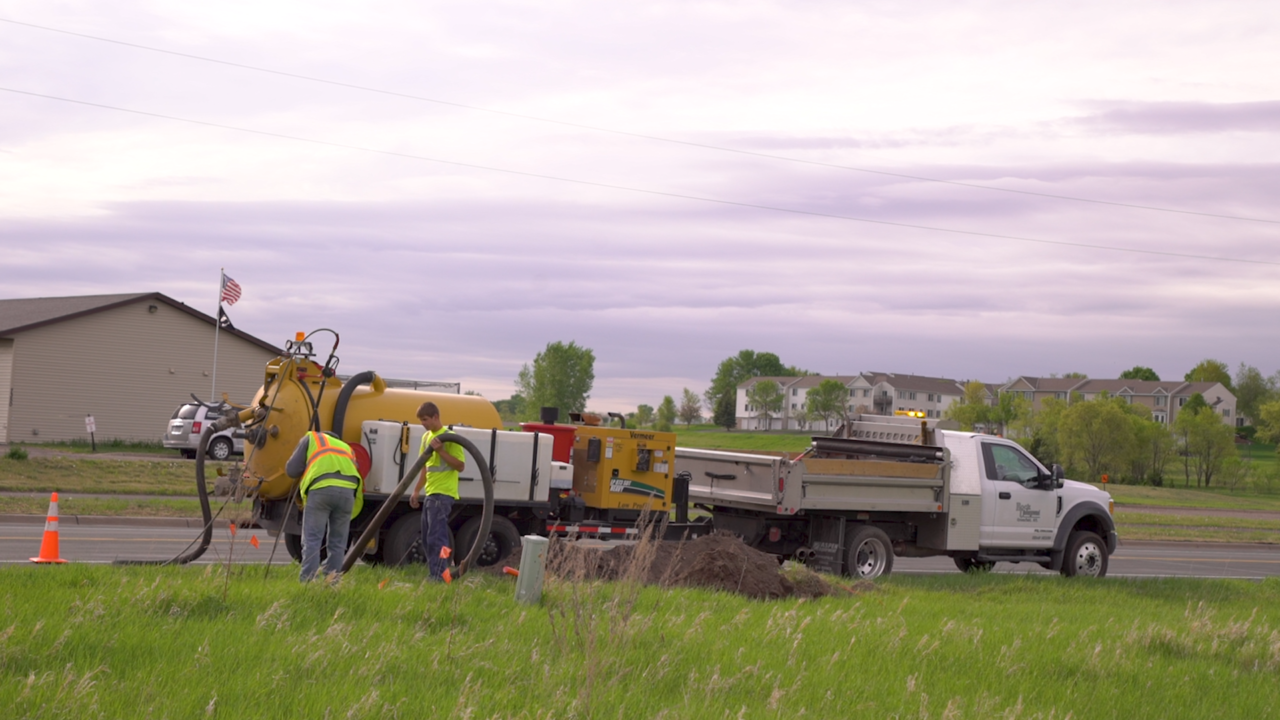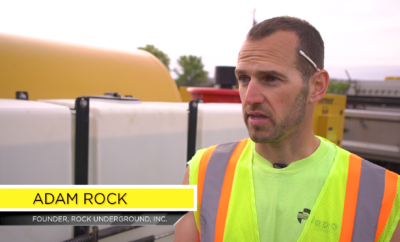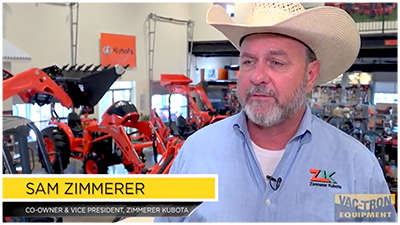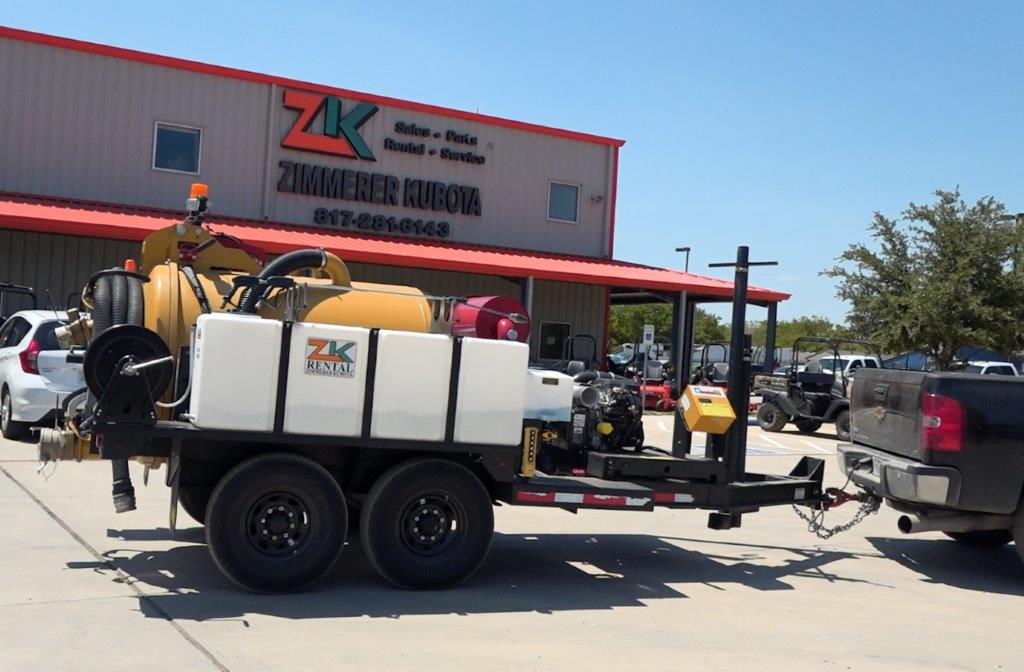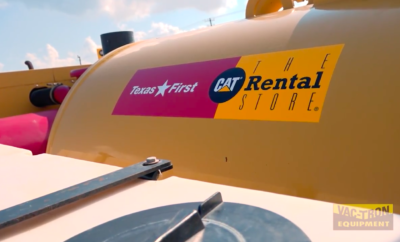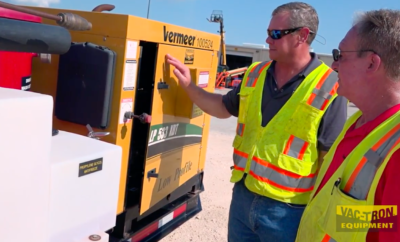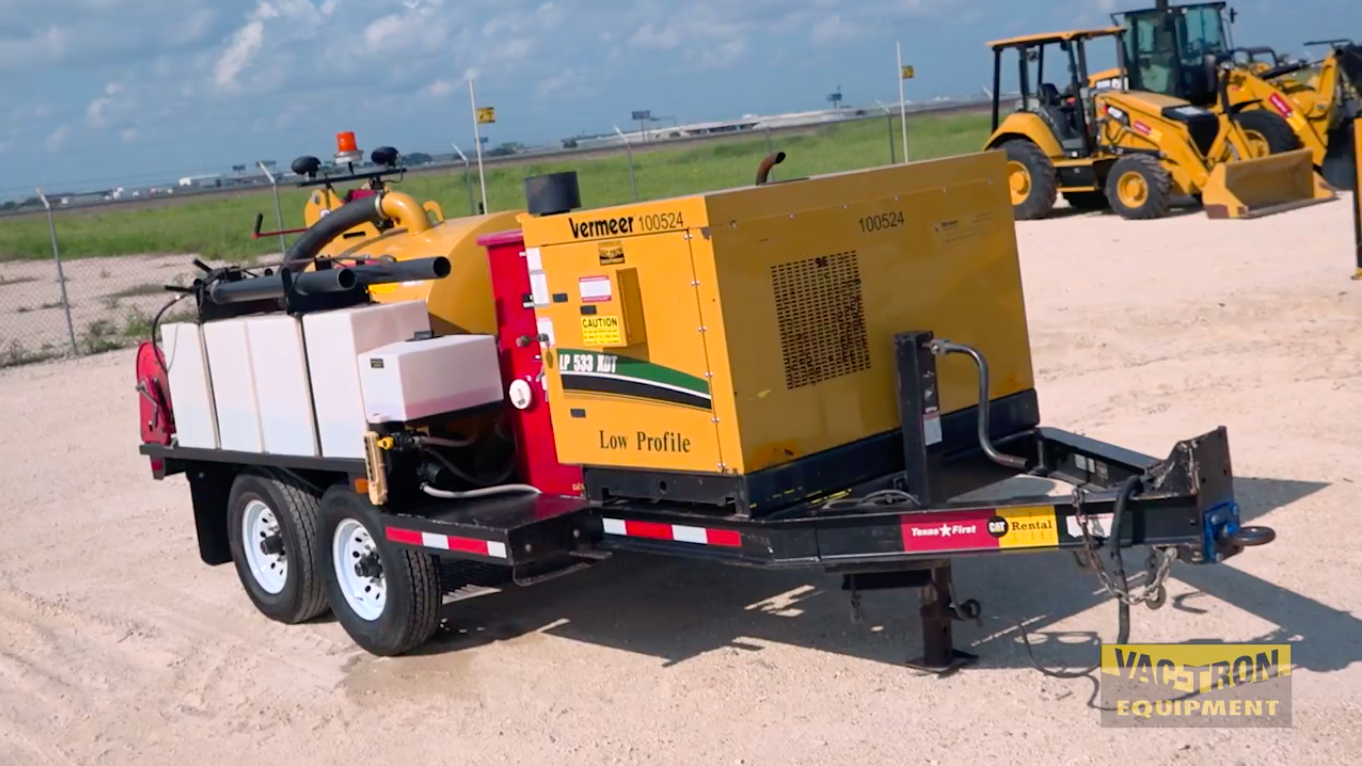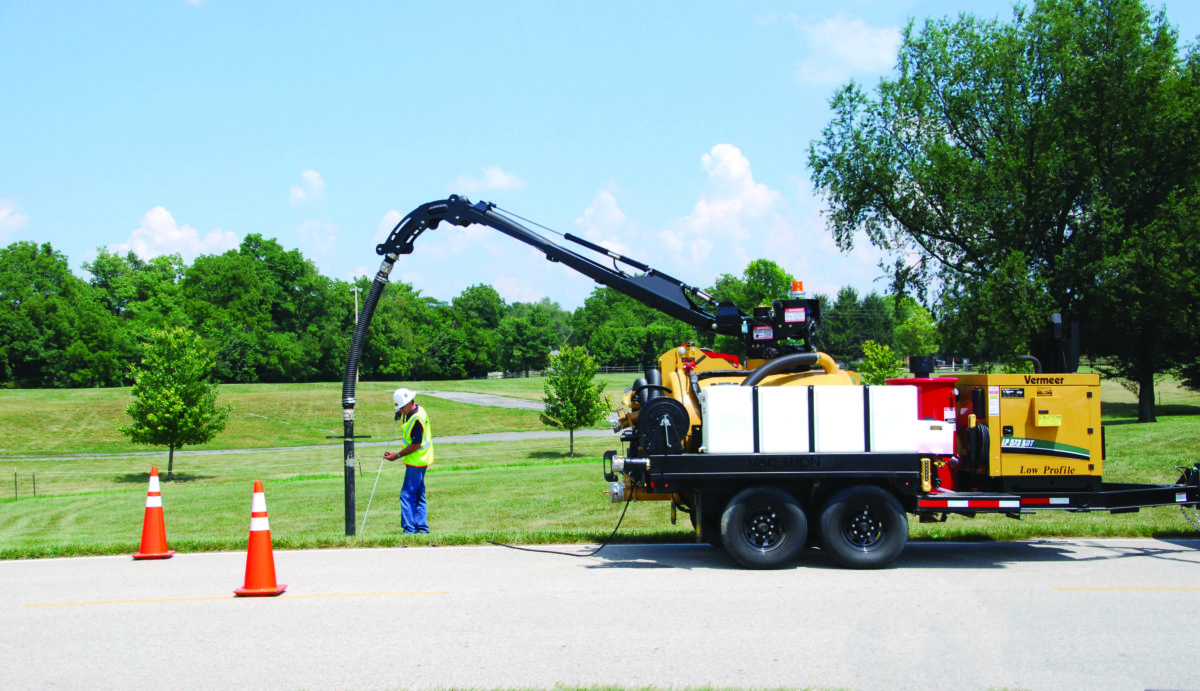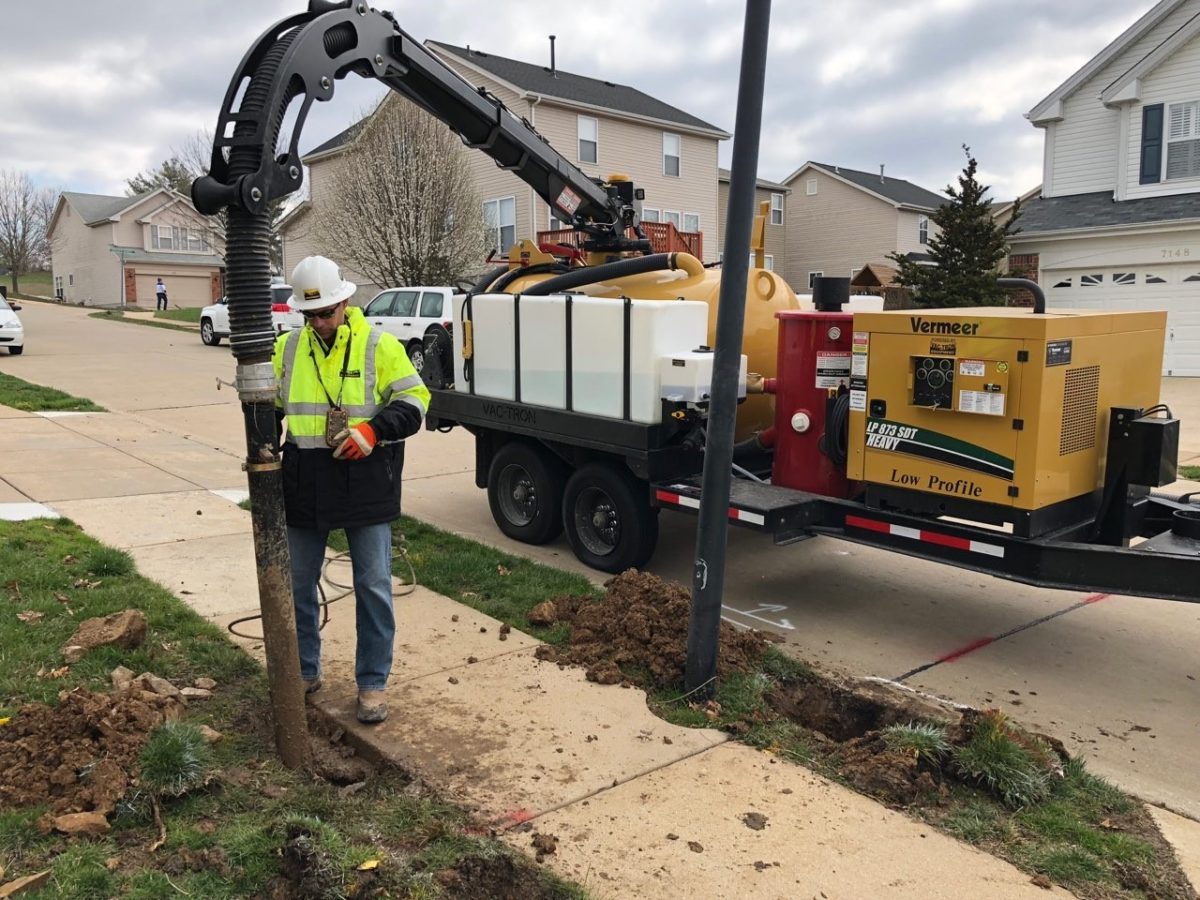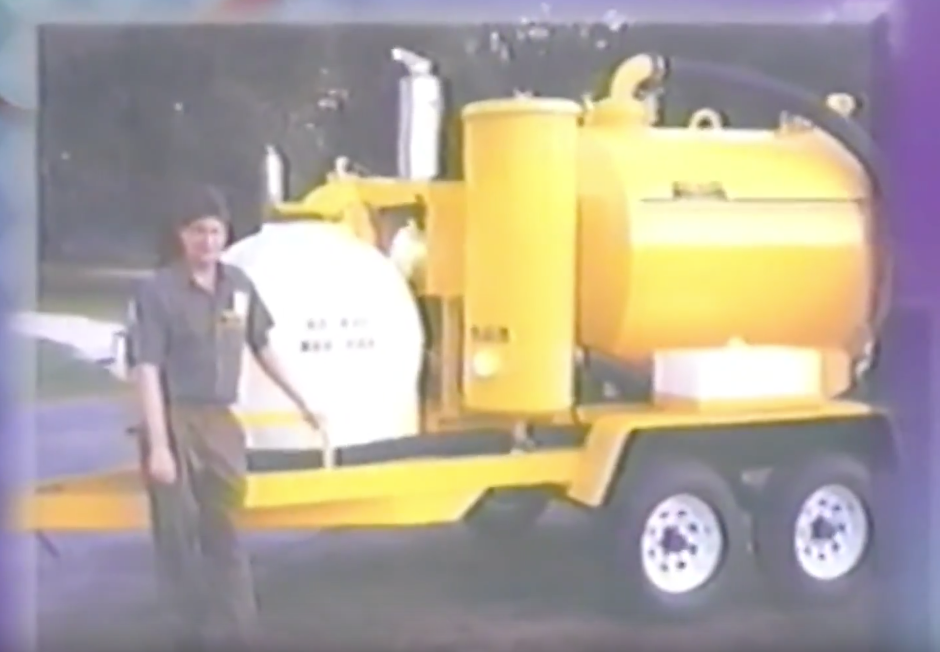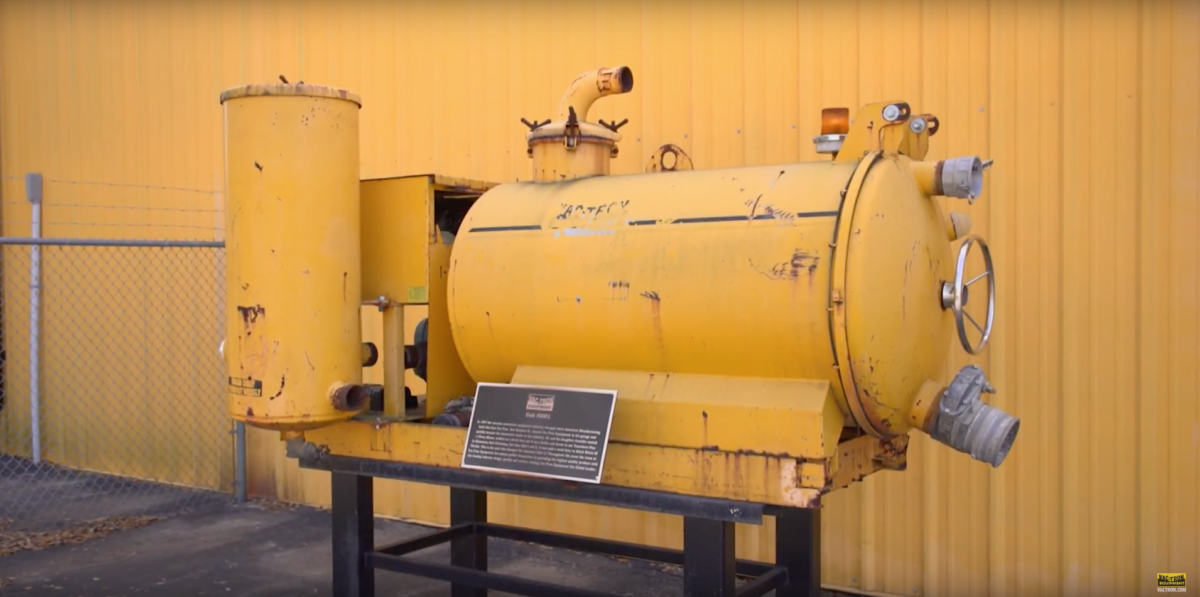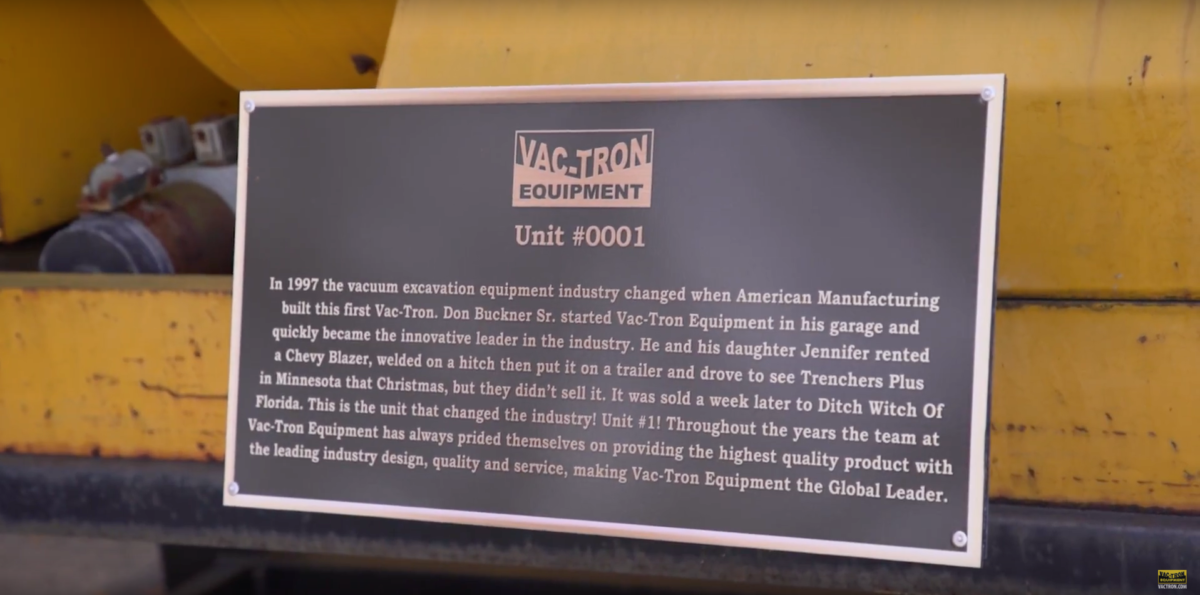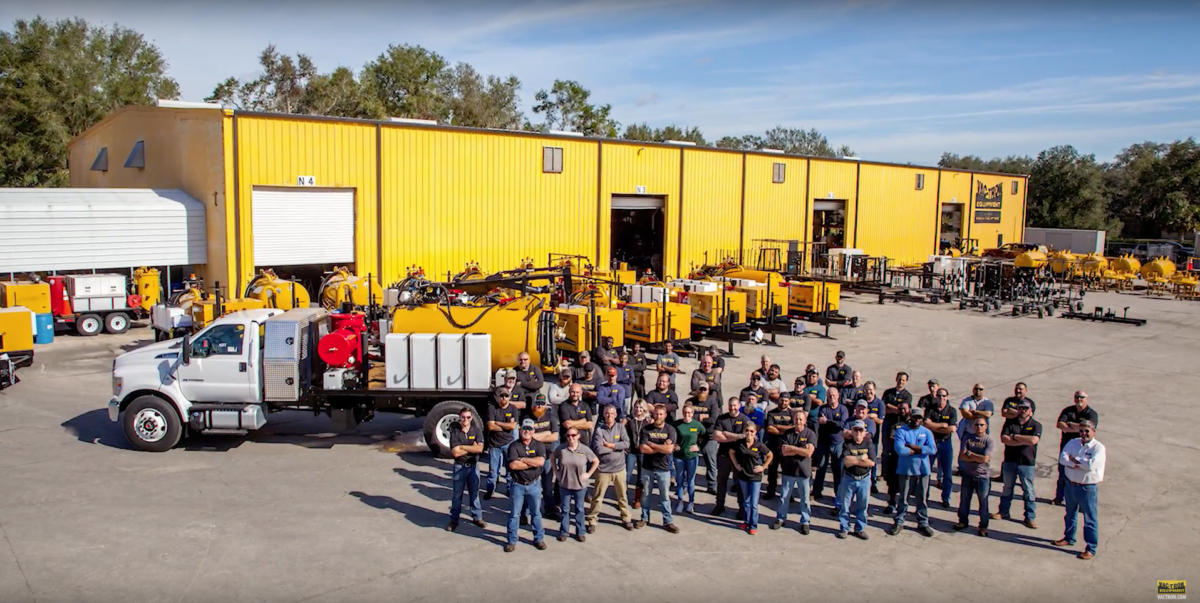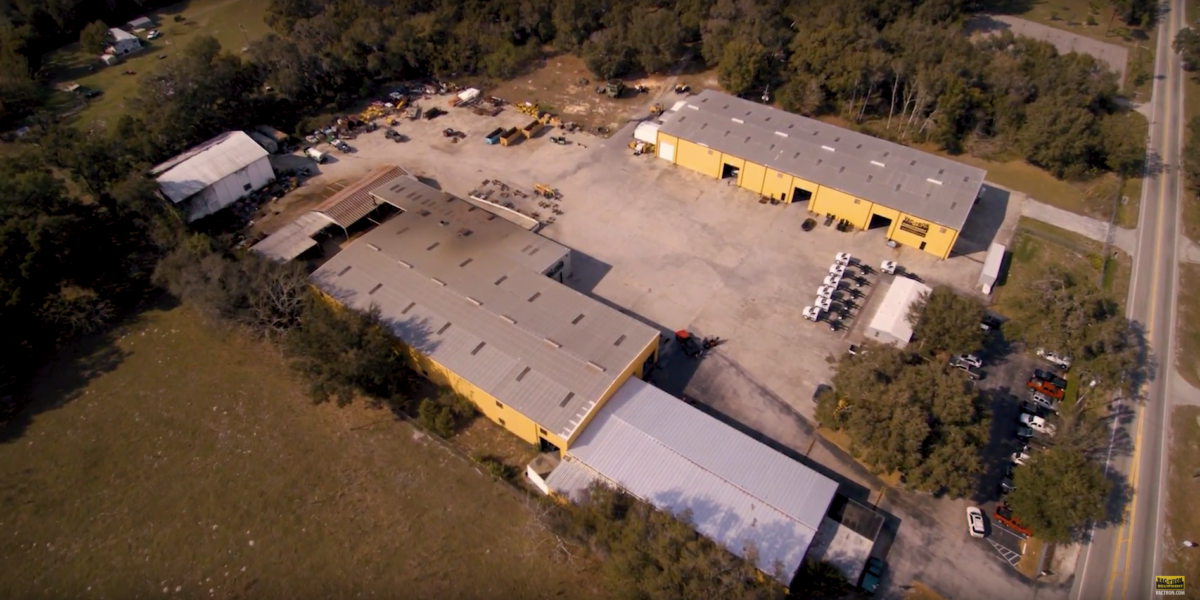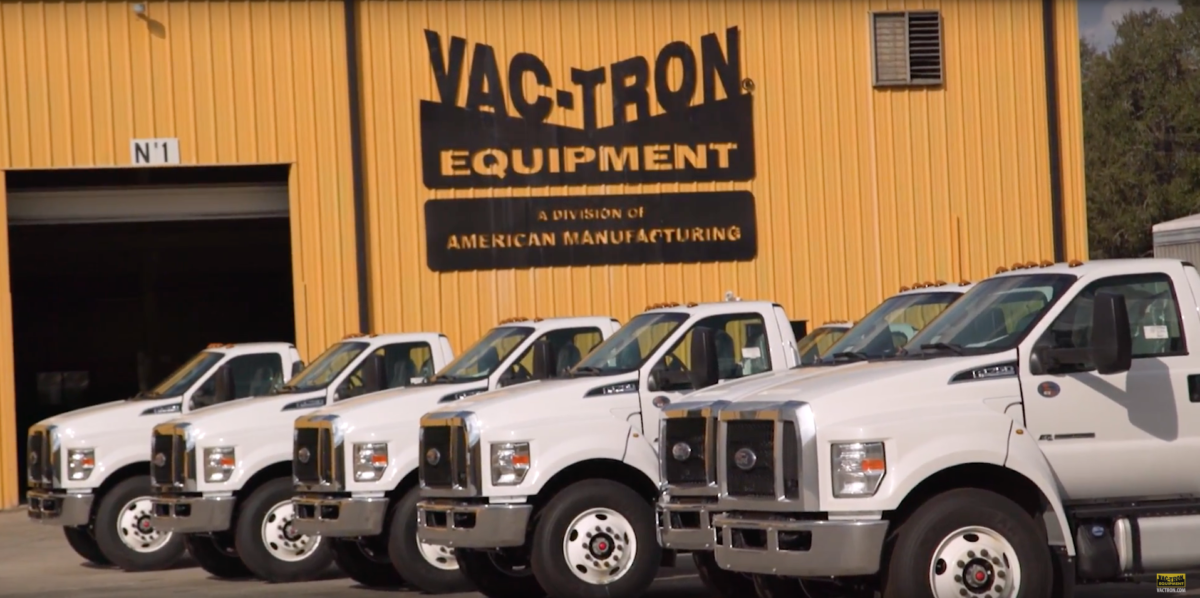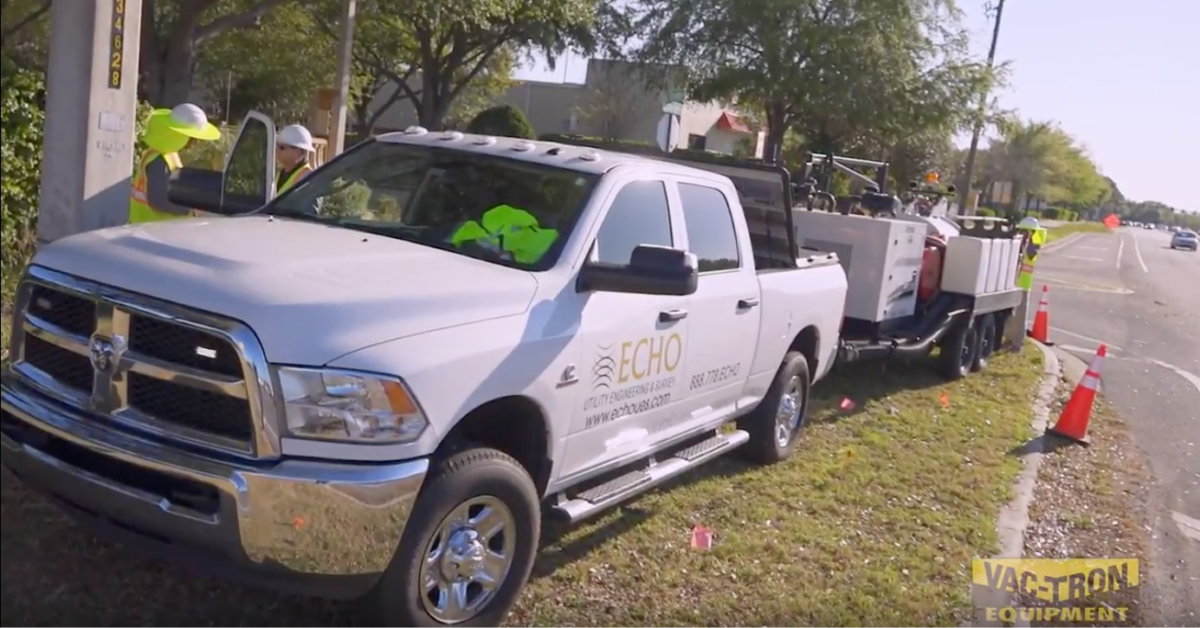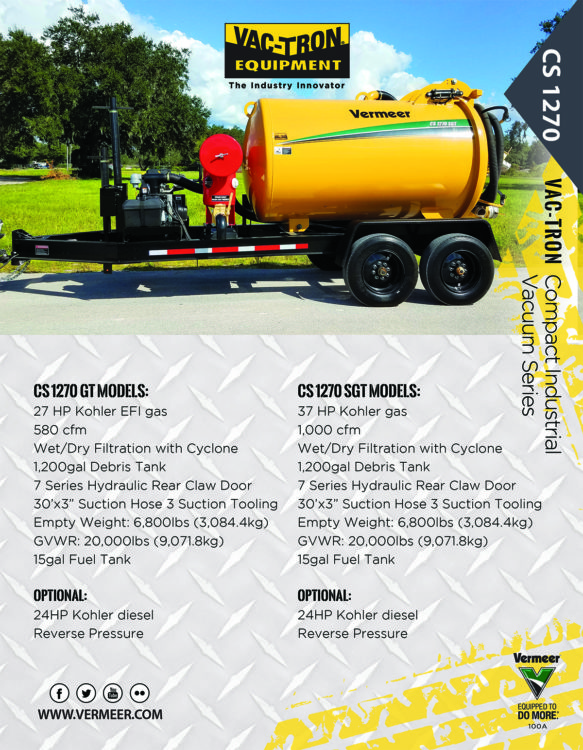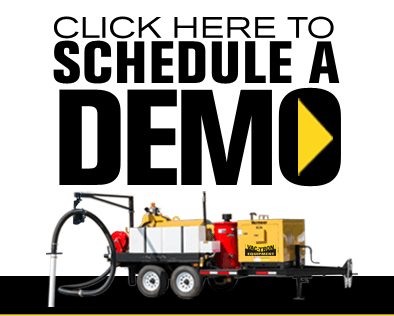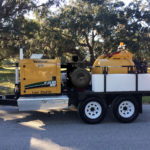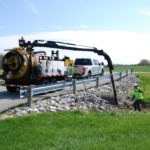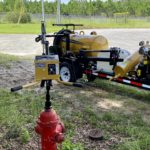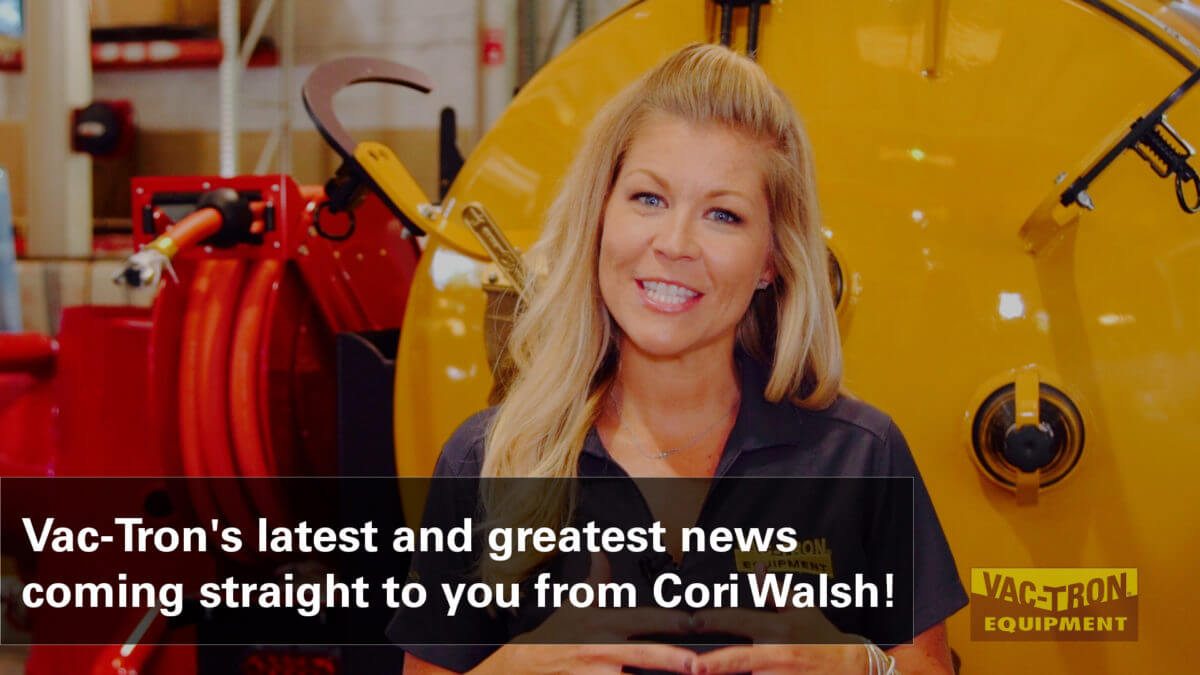Traditionally, vacuum excavators have been used by contractors for daylighting buried utilities, minimizing disruption to the impacted area and leaving behind a negligible mess. Today, the benefits of soft digging — the process of using a combination of suction and high-pressure water and air to remove dirt and other materials from the ground — are gaining attention with crews working in non-traditional applications. For example, innovative maintenance professionals like David Willis, plumbing supervisor at Elon University, a private university with nearly 5,000 students located in Elon, North Carolina, are now using vacuum excavators to complete maintenance tasks around their facilities.
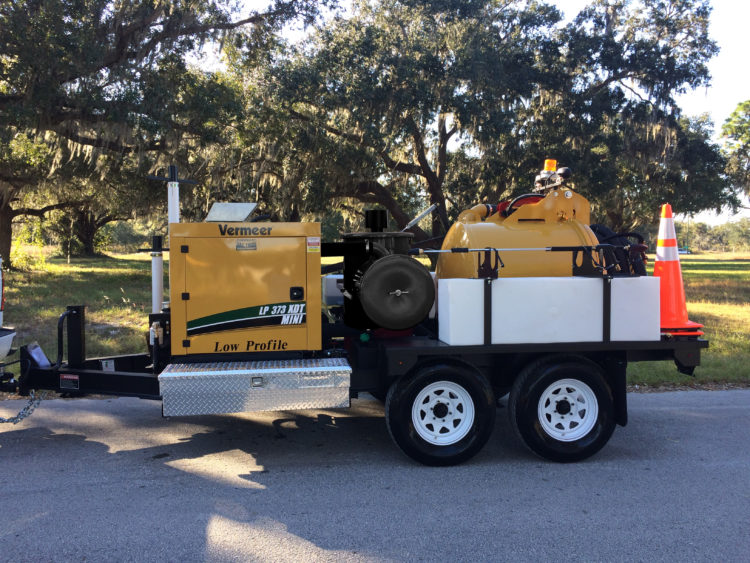
Two years ago, the university purchased a Vermeer Vac-Tron LP373SGT vacuum excavator, which Willis said his department uses frequently: “We use it for everything, from potholing to find utilities for new construction to running it like a shop vac to pull water out of flooded buildings. We also have used it dig holes for new trees, signs, footings — we use it a lot.”
As an example, Willis knew that Vermeer made a good stump cutter, but taking stumps out for trees that have grown around utilities can be a real challenge. With their Vac-Tron LP373SGT vacuum excavator, when Willis’ team runs into this type of issue on campus, they employ their vacuum excavator to dig around the stump. This gives them a better visual of the root ball and utility lines, and from there, they are able to safely remove the stump without damaging nearby utilities.
Adding a vacuum excavator to their equipment fleet
According to Willis, before the university invested in their own machine, a contractor working for the university had used a vacuum excavator while tunneling under a building to fix some utilities, and Willis was impressed with the results. Following that project, Willis contracted another vac crew to clean out vaults on campus. “The college was built in 1889, and they’ve been burying stuff in the ground since then — and nobody knows where anything is,” said Willis. “Vacuum excavation has been a great way of exposing what’s down there, like poles, power lines, water lines or steam tunnels, without being intrusive.”
After using this excavation method successfully on multiple projects, he went to the university’s administration and asked to purchase a vac for his department’s dedicated use. Willis said the university’s administration had gotten tired of seeing his department’s backhoe around campus, and with their own vacuum excavator, his crew would be able to find utilities without tearing the university all to pieces, versus the mess made with a backhoe. “Upper management kept asking me, ‘What are you digging up now?’ It seemed that every time we used the backhoe to dig around campus, it made a huge mess.”
He continued, “They really appreciated that this method is a little softer and gentler. When it came time for allocating money for new machinery, they asked me what I wanted, and I told them a vac — they were so pleased with the results they’d seen from our contracted units, that’s how I got ours.”
Equipped to get the job done
When he had the funds to purchase the vacuum excavator approved, Willis reached out to his local Vermeer dealer, Vermeer Mid Atlantic in Colfax, North Carolina. “I had worked with Vermeer on different stuff, and I’d used their equipment before. Knowing that Vermeer owned the Vac-Tron and McLaughlin vacuum excavator brands, when I talked with them, they were ‘Johnny-on-the-spot’ to get the process going.”
Willis said they chose a Vac-Tron LP373SGT model because it was right sized to complete the work Elon University maintenance crew needed to do. And according to Willis, the new vacuum excavator came with everything he needed, but he did purchase additional hoses to increase the machine’s usage. “The unit comes with 25 feet (7.6 m) of hose, but because we bought additional hoses and the couplings, we can go out as far as the distance on our piping, about 70 feet (21.3 m).”
He mentioned that having this extra hose available had come in handy many times. “Recently, we had a pipe burst, flooding out a building. Water was running everywhere so we backed up the machine and ran the hose through a window,” he said. “Because we had the hose and fittings to make it the right size for what we needed, we were able to use the vac to suck the water up out of the floor and straight into the tank — very similar to how restoration professionals use this type of equipment to suck the water out of the buildings.”
He added that they also bought additional accessories in order to maximize the machine’s use. “We did buy a jetter,” he said, “as well as a hose reel that attaches to it, so we can jet and clean sewer lines at the same time.”
One truck for many uses
Willis said that other departments on campus have also caught on to how useful the vacuum excavator is and are asking to use it more and more for other applications. “Our engineering group asks us to pothole for them frequently. They have a general idea where utility is, and we send our crew over to confirm the location and depth.”
For instance, Willis mentioned that as new buildings are being constructed, they’ve been trying to run sewers through older parts of the campus and have used the vacuum excavator for exposing the utilities before digging. He said that once the engineering team thought there was a gas line buried, but the locating people couldn’t find it. Willis and his crew brought the vac out, potholed the the ground and found the line — enabling the engineers to visibly check it.
Making some surprising discoveries
Willis said that the vac has not only been useful in uncovering utilities but also in locating other materials buried underground. “Many times, we thought stuff was at a certain depth, or hoped something was here, so we’ve used the vac to pothole to know whether or not we could run a line. We know from maps generally what’s what, but we’ve dug down and found stuff we weren’t expecting. Sometimes, it’s an old utility line that we know has to be inactive because the building it would attach to isn’t there anymore.”
Other times, he said that the crews have been surprised at what they’ve found. Once, he said, his crews dug down and found a parking lot. “Back in the 1960s, there was a building and parking lot that the college wanted to make a natural area,” he said. “Basically, the crews at the time just put dirt down to cover the area, graded and landscaped it, and then everyone forgot about the parking lot. Fast forward 50 years, now we want to bury a sewer line across the area — when we dug down about 3 feet (.9 m), we hit asphalt. Sure enough, the curbing and everything from the parking lot was still under there!”
Estimating that their Vac-Tron LP373SGT vac is used about 70% of the time in plumbing applications, Willis said that the rest of the time it’s supporting other campus services. One thing is for sure, though, there isn’t much idle time for the university’s vacuum excavator. “It’s been a good machine, and it’s really been helpful,” Willis said, mentioning that the university’s maintenance departments continue to find more and more uses for the machine.
###
Vac-Tron Equipment, LLC reserves the right to make changes in engineering, design and specifications; add improvements; or discontinue manufacturing at any time without notice or obligation. Equipment shown is for illustrative purposes only and may display optional accessories or components specific to their global region. Please contact your local Vermeer dealer for more information on machine specifications.
Vermeer, the Vermeer logo and Vermeer MV Solutions are trademarks of Vermeer Manufacturing Company in the U.S. and/or other countries. Vac-Tron Equipment is a trademark of Vac-Tron Equipment, LLC.
© 2020 Vac-Tron Equipment, LLC. All Rights Reserved.

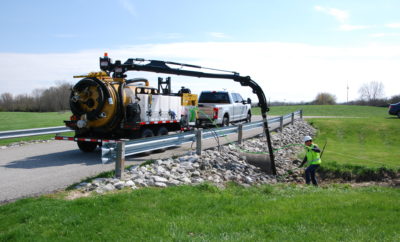 Don’t let the “mini” label fool you. Vermeer Vac-Tron series mini-combo vacuum excavators offer owners and operators opportunities other machines don’t through a versatile combination of components and options that facilitate both hydro-jetting and excavation work in a single machine. Although the Vac-Tron mini-combo series of trailer vacuum excavators may have a more compact footprint compared to full-sized trucks or larger trailer-mounted systems, what they lack in physical size they make up for in versatility and performance, delivering productivity to smaller, space-restricted jobsites that are often inaccessible with these machines’ larger counterparts.
Don’t let the “mini” label fool you. Vermeer Vac-Tron series mini-combo vacuum excavators offer owners and operators opportunities other machines don’t through a versatile combination of components and options that facilitate both hydro-jetting and excavation work in a single machine. Although the Vac-Tron mini-combo series of trailer vacuum excavators may have a more compact footprint compared to full-sized trucks or larger trailer-mounted systems, what they lack in physical size they make up for in versatility and performance, delivering productivity to smaller, space-restricted jobsites that are often inaccessible with these machines’ larger counterparts.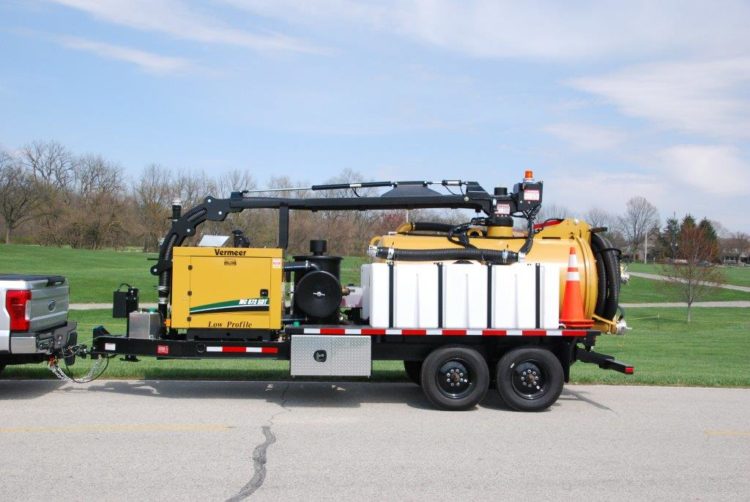
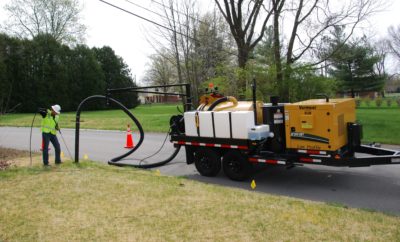 The world is living in unprecedented times. While there is no such thing as “business as usual” during today’s uncertainty, utility contractors around the world are doing essential work to keep businesses going, students learning and families connected.
The world is living in unprecedented times. While there is no such thing as “business as usual” during today’s uncertainty, utility contractors around the world are doing essential work to keep businesses going, students learning and families connected.